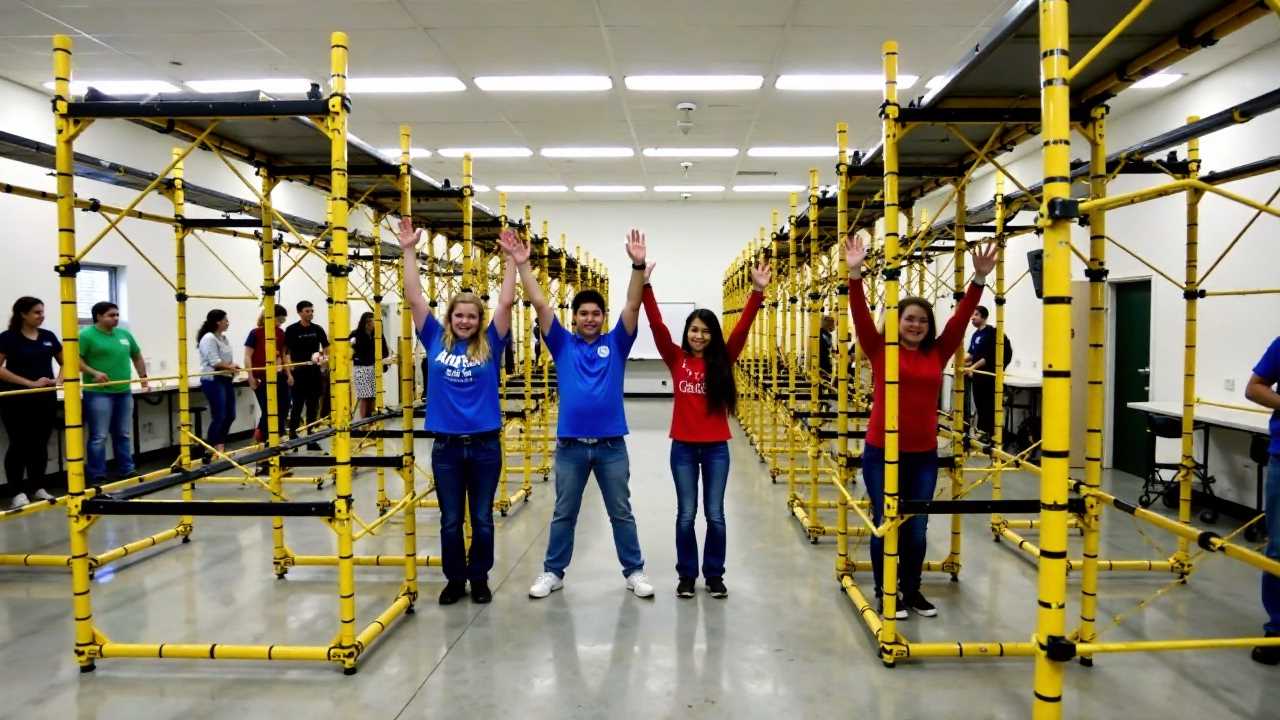
Understanding Differentiated Instruction Techniques
Differentiated instruction techniques are essential for addressing the diverse needs of students in today’s classrooms. We recognize that each learner has unique strengths, weaknesses, preferences, and interests. Therefore, our teaching strategies must be adaptable to maximize student engagement and success. By implementing differentiated instruction, we can create an inclusive environment that fosters learning for all.
The Role of Scaffolding in Differentiated Instruction
Scaffolding is a vital component of effective differentiated instruction. This technique involves providing temporary support to students as they develop new skills and knowledge. We can gradually remove these supports as students gain confidence and independence. For instance, when introducing a complex concept, we might start with direct instruction, followed by guided practice, and eventually allow students to work independently. This step-by-step approach ensures that students are not overwhelmed and can build on their existing knowledge.
To implement scaffolding effectively, we must assess each student’s current understanding. By tailoring our support to meet individual needs, we can facilitate a smoother learning process. Techniques such as think-alouds, modeling, and using graphic organizers can serve as effective scaffolding tools that help students navigate challenging material.
Flexible Grouping: A Dynamic Approach to Learning
Flexible grouping is another powerful strategy within differentiated instruction techniques. This approach involves organizing students into various groups based on their learning profiles, interests, or specific tasks. By changing group configurations regularly, we can foster collaboration and allow students to learn from one another.
For example, we might create mixed-ability groups for collaborative projects, enabling students to share their strengths and support each other. Alternatively, we can form homogeneous groups for targeted instruction in specific areas where students may need additional support. This fluidity in grouping not only enhances social interactions but also encourages a sense of community within the classroom.
Implementing Tiered Assignments for Diverse Learners
Tiered assignments are a cornerstone of differentiated instruction techniques. These assignments allow us to create tasks at varying levels of difficulty, ensuring that all students can engage with the material at their own pace. By designing tiered assignments, we can address the same learning objectives while catering to the diverse skill levels present in our classrooms.
For instance, when teaching a literary analysis, we might provide three different assignments: a basic summary for struggling readers, a detailed analysis for those who are more proficient, and an advanced project that requires critical thinking and synthesis of multiple texts. This approach not only motivates students but also promotes a growth mindset as they tackle challenges appropriate to their abilities.
Utilizing Learning Profiles to Inform Instruction
Understanding learning profiles is crucial for the successful implementation of differentiated instruction techniques. Each student has a unique way of processing information, and recognizing these differences allows us to tailor our instruction effectively. We can gather data through surveys, assessments, and observations to identify students’ preferred learning styles, interests, and strengths.
Once we have a clear understanding of our students’ learning profiles, we can design lessons that incorporate various modalities, such as visual, auditory, and kinesthetic learning activities. This personalized approach not only increases engagement but also enhances retention and understanding of the material.
The Importance of Formative Assessment in Differentiated Instruction
Formative assessment plays a pivotal role in refining our differentiated instruction techniques. By continuously assessing student understanding throughout the learning process, we can make informed decisions about our teaching strategies. Formative assessments can take many forms, including quizzes, discussions, exit tickets, and peer assessments.
These assessments provide valuable feedback, allowing us to identify areas where students may be struggling and adjust our instruction accordingly. For example, if a significant number of students are having difficulty with a particular concept, we can revisit the material using different instructional strategies or provide additional support. This responsive approach ensures that we meet our students' needs effectively.
Fostering Collaborative Learning Environments
Collaborative learning is an integral part of differentiated instruction techniques. By encouraging students to work together, we can promote critical thinking, communication, and problem-solving skills. Collaborative learning not only enhances academic achievement but also fosters social interactions and builds a sense of community within the classroom.
To implement collaborative learning effectively, we can use strategies such as cooperative learning groups, peer tutoring, and project-based learning. By assigning roles within groups, we can ensure that each student contributes to the task while also allowing them to learn from their peers. This collaborative approach not only deepens understanding but also prepares students for real-world teamwork.
A Commitment to Effective Differentiated Instruction
Mastering differentiated instruction techniques is a commitment to fostering an inclusive and effective learning environment. By integrating scaffolding, flexible grouping, tiered assignments, learning profiles, formative assessment, and collaborative learning into our teaching practices, we can better meet the diverse needs of our students. This comprehensive approach not only enhances student engagement and achievement but also cultivates a love for learning that lasts a lifetime. As educators, we have the power to make a significant impact on our students' educational journeys by embracing these strategies wholeheartedly.
 Careers in EducationElementary EducationHigh School EducationEducational TechnologyTeaching StrategiesSpecial EducationPrivacy PolicyTerms And Conditions
Careers in EducationElementary EducationHigh School EducationEducational TechnologyTeaching StrategiesSpecial EducationPrivacy PolicyTerms And Conditions
